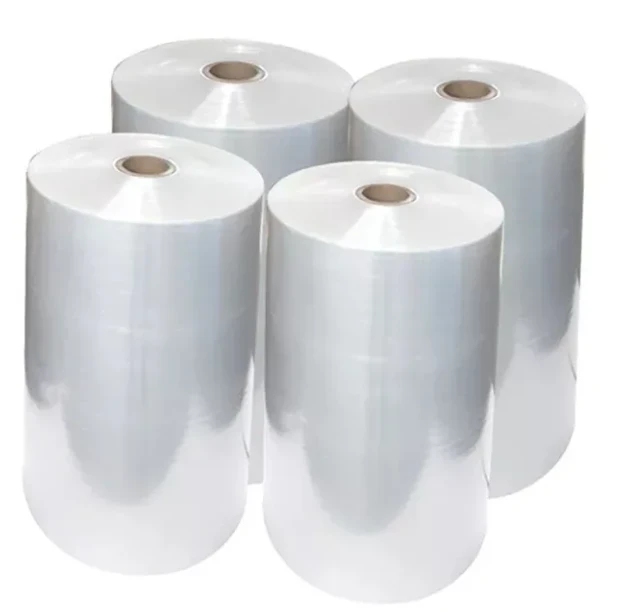- Afrikaans
- Albanian
- Amharic
- Arabic
- Armenian
- Azerbaijani
- Basque
- Belarusian
- Bengali
- Bosnian
- Bulgarian
- Catalan
- Cebuano
- chinese_simplified
- chinese_traditional
- Corsican
- Croatian
- Czech
- Danish
- Dutch
- English
- Esperanto
- Estonian
- Finnish
- French
- Frisian
- Galician
- Georgian
- German
- Greek
- Gujarati
- haitian_creole
- hausa
- hawaiian
- Hebrew
- Hindi
- Miao
- Hungarian
- Icelandic
- igbo
- Indonesian
- irish
- Italian
- Japanese
- Javanese
- Kannada
- kazakh
- Khmer
- Rwandese
- Korean
- Kurdish
- Kyrgyz
- Lao
- Latin
- Latvian
- Lithuanian
- Luxembourgish
- Macedonian
- Malgashi
- Malay
- Malayalam
- Maltese
- Maori
- Marathi
- Mongolian
- Myanmar
- Nepali
- Norwegian
- Norwegian
- Occitan
- Pashto
- Persian
- Polish
- Portuguese
- Punjabi
- Romanian
- Russian
- Samoan
- scottish-gaelic
- Serbian
- Sesotho
- Shona
- Sindhi
- Sinhala
- Slovak
- Slovenian
- Somali
- Spanish
- Sundanese
- Swahili
- Swedish
- Tagalog
- Tajik
- Tamil
- Tatar
- Telugu
- Thai
- Turkish
- Turkmen
- Ukrainian
- Urdu
- Uighur
- Uzbek
- Vietnamese
- Welsh
- Bantu
- Yiddish
- Yoruba
- Zulu
Understanding How to Interpret Various Dimensions in Different Contexts
Understanding Dimensions A Guide to Reading Measurements
In our everyday lives, we come across dimensions in various forms—be it measurements for a new piece of furniture, the size of a room, or even the specifications for a new gadget. Understanding how to read dimensions accurately is crucial not only for practical purposes but also for effective communication in fields like engineering, architecture, and manufacturing. This article aims to provide you with a comprehensive guide on how to read dimensions correctly.
The Basics of Dimensions
Dimensions typically refer to measurements that specify the size or extent of an object. They can represent length, width, height, depth, and diameter, among other aspects. When dimensions are presented, they are usually denoted in one of several standard formats, which can be in imperial (inches, feet) or metric (millimeters, centimeters) units. Familiarizing yourself with both systems is beneficial, especially in a globalized world where you might encounter specifications from different countries.
Common Ways to Read Dimensions
1. Understanding Format Dimensions can be presented in several ways. The most common format typically follows a sequence Width x Height x Depth. For example, a box that measures 15 inches in width, 10 inches in height, and 5 inches in depth would be written as 15” x 10” x 5”. In metric, this would be written as 38cm x 25cm x 13cm. It’s essential to pay attention to the order to avoid confusion.
2. Using Scales and Rulers When measuring objects, using a ruler or a measuring tape correctly is vital. Always ensure that the measuring tool is placed straight alongside the object to obtain an accurate reading. Additionally, be aware of where the measuring starts; most rulers begin at the ‘0’ mark, but some may have a small lip or edge that can alter your reading if not accounted for.
3. Understanding Tolerances In engineering and manufacturing, dimensions often include tolerances, which are the acceptable ranges of variation. For example, a dimension may read 50mm ± 0.5mm, meaning that the actual measurement can be anywhere from 49.5mm to 50.5mm. Understanding tolerances is critical for ensuring that parts fit together correctly in assembly applications.
how do you read dimensions

4. Interpreting Technical Drawings In technical professions, dimensions are often provided in drawings or blueprints. These documents use symbols and scales that may not be as straightforward as standard measurements. It’s essential to read notes and legends provided in these drawings to ensure accurate interpretation of the dimensions.
5. Using Digital Tools With technological advancements, several digital tools and applications can aid in reading dimensions accurately. These tools can include CAD (Computer-Aided Design) software that allows users to manipulate 3D models and directly read measurements or applications that can measure using the camera on a smartphone.
Practical Tips for Reading Dimensions
- Double-Check Always double-check your readings, especially before making a purchase or starting a project. It’s easy to make mistakes in measurement, and a second look can help catch errors. - Communication is Key When discussing dimensions, ensure that you communicate clearly, especially when working with others. If necessary, clarify whether you are using imperial or metric measurements.
- Practice Makes Perfect The more you practice reading and interpreting dimensions, the more comfortable you will become. Try measuring various objects around your home or workplace to build your skills.
Conclusion
Reading dimensions is an essential skill that affects various aspects of our personal and professional lives. By understanding their formats, using measuring tools correctly, interpreting tolerances, and utilizing modern technology, you can enhance your ability to read dimensions accurately. This foundational knowledge not only improves your DIY projects but also strengthens your competencies in technical fields. By following the tips and techniques outlined in this guide, you will find yourself navigating the world of measurements with confidence and precision.













